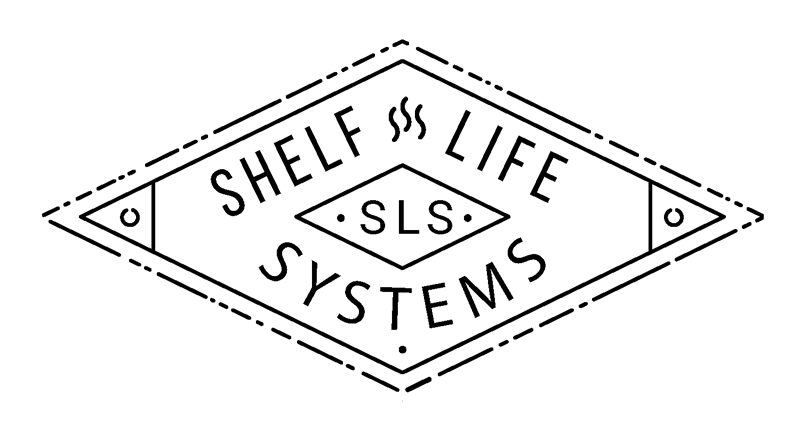Tunnel pasteurizers and flash pasteurizers are both widely used in the food and beverage industry to extend shelf life and ensure safety. While they share the common goal of pasteurization, there are significant differences between these two methods in terms of their operating principles, processes, and applications.
This blog will overview the differences between tunnel and flash pasteurization, as well as outline which of the two may be the better system for your specific process.
Operating Principles
First up, we’ll start with how both systems operate. Tunnel pasteurization involves the use of a conveyor system that moves products through a temperature-controlled tunnel. The products are heated to the required pasteurization temperature and held at that temperature for a specific duration before being cooled down. This method utilizes a continuous process and is often used for high-volume production.
Flash pasteurization, also known as high-temperature short-time (HTST) pasteurization, involves rapidly heating the product to a high temperature (usually between 71-74°C) for a brief period (usually a few seconds). The product is then rapidly cooled down. Flash pasteurization typically uses batch or semi-continuous processes.
Depending on the kind of products your brewery makes, the unique needs of the product, and your brewery’s overall scalability goals — a tunnel or flash pasteurizer will be the better option. Both processes are used by large and small breweries, it will just depend on the overall operation. If your operation is tight on space or if your kegged beer needs pasteurizing — you’ll want to consider a flash pasteurizer, because a tunnel system likely won’t be right for you.
Difference in Process
In a tunnel pasteurizer, the products move through the tunnel on a conveyor, typically in bottles or cans. The tunnel is divided into zones, each with its own temperature and dwell time. The products are gradually heated to the desired pasteurization temperature, held at that temperature for the required time, and then cooled down. The conveyor speed and the length of the tunnel determine the processing time. This process takes place after packaging. It is not typically energy-efficient for most breweries and because the machinery is large, requires a large commitment of space.
Flash pasteurization involves a rapid heating and cooling process. The product is heated to the desired temperature using techniques such as plate heat exchangers or steam injection. The product is then quickly cooled, often through a heat exchanger, to prevent further microbial growth. Flash pasteurization relies on rapid temperature change to eliminate pathogens and extend shelf life. the process is done prior to packaging and is most common among brewers of all sizes, especially those looking to branch out into alternative beverages like seltzers, teas, and even coffee.
Examples of Application
Beyond beer, your brewery may be considering a pasteurization system that can be applied across several other products. Those products will determine which system, tunnel or flash, will make the most sense for your brewery.
Tunnel pasteurization is commonly used for heat-sensitive products, such as carbonated beverages, beer, juices, and canned food. It is well-suited for products that can withstand longer processing times and where the preservation of sensory qualities is not as important. The continuous nature of tunnel pasteurization makes it suitable for breweries producing a large volume of products and several different lines.
Conversely, flash pasteurization is often used for products with shorter heat exposure requirements, such as dairy products, fruit juices, and liquid egg products. It is particularly suitable for heat-sensitive products that require gentle treatment to preserve flavor and nutritional characteristics. The process is much more gentler than tunnel pasteurization and ensures that quality is maintained. Flash pasteurization is commonly employed at both small and large breweries when flexibility in production volumes is needed. If your brewery has unique product lines and each line has a difference in production need, flash pasteurization might be for you.
The Takeaway
In the end, tunnel pasteurizers and flash pasteurizers are both effective methods for pasteurizing food and beverages. Tunnel pasteurization offers continuous processing for high-volume production, while flash pasteurization provides rapid heating and cooling for heat-sensitive products in smaller batch sizes. The choice between these methods depends on factors such as product characteristics, required processing times, production volumes, desired preservation of sensory qualities and space constraints.
At Shelf Life Systems, we’re not just engineers, we’re engineers who love beer. Please reach out to us if you have pasteurization questions and would like to learn more about our pasteurizers.
